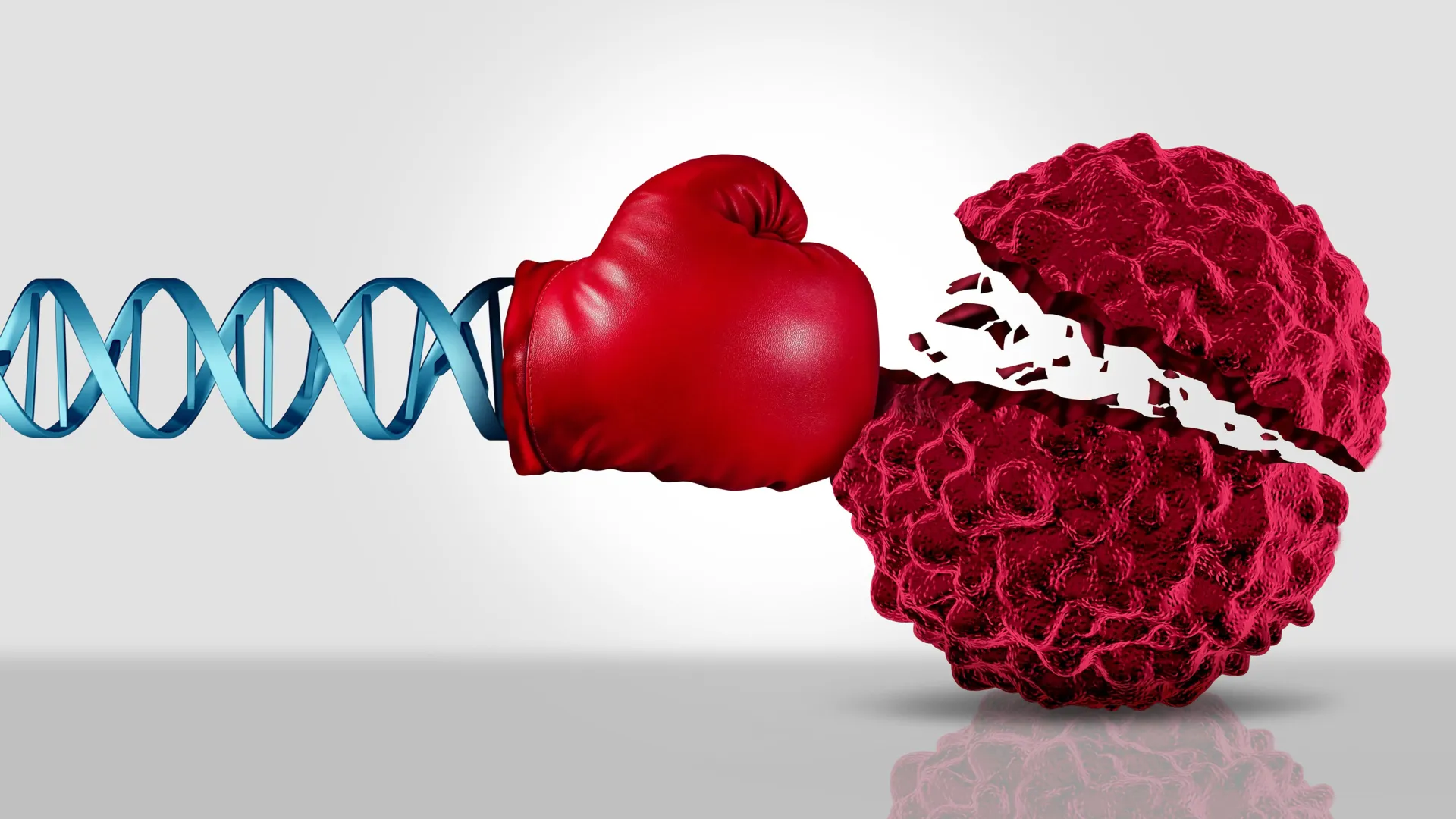Mass General Brigham investigators led a nationwide study that found that financial hardship, food insecurity, lack of healthcare access, and other social risk factors are linked to higher risks of long COVID.
Long COVID includes a wide range of symptoms that present or persist three or more months after SARS-CoV-2 infection. Although in recent years researchers have gained greater insight into the prevalence, symptoms and effects of long COVID through the longitudinal Researching COVID to Enhance Recovery (RECOVER) Initiative, social risk factors for developing long COVID remain incompletely understood. In a new analysis of the RECOVER-Adult cohort, Mass General Brigham researchers found a two- to three-times higher risk of long COVID in those with social risk factors, including financial hardship, food insecurity, experiences of medical discrimination, and skipped medical care due to cost. Findings are published in Annals of Internal Medicine.
"During the pandemic, we saw the overwhelming role that social risk factors played in determining who was infected with COVID-19 and what the severity and mortality from disease was," said lead author Candace Feldman, MD, MPH, ScD, of the Division of Rheumatology, Inflammation and Immunity at Brigham and Women's Hospital (BWH), a founding member of the Mass General Brigham healthcare system. "We wanted to understand whether those risk factors also play a significant role in the longer-term, chronic symptoms that can affect people months and even years after SARS-CoV-2 infection."
In this study, the researchers analyzed 3,700 participants from the RECOVER-Adult cohort, who had a SARS-CoV-2 infection during the Omicron variant outbreak, completed a baseline survey about social and economic factors at the time of infection, and completed a six-month follow-up survey assessing long COVID symptoms. The RECOVER-Adult participants were from 33 states, Washington, D.C., and Puerto Rico, and joined the study between October 2021 and November 2023.
In the baseline survey, the researchers assessed four major individual-level social risk factors: economic instability, education and language access barriers, health care access and quality challenges, and lack of social and community support using a series of questions and previously validated surveys. They also used ZIP code data to study area-level measures of risk, like household crowding.
After adjusting for variables including hospitalization for SARS-CoV-2 infection (as a marker of disease severity), vaccination history, pregnancy status, age, sex, race and ethnicity, the researchers found significant associations between nearly all the individual-level social risk factors studied and increased risk of developing long COVID. Furthermore, a greater number of social risk factors conferred a higher risk of long COVID. Living in areas with more household crowding was also associated with a greater risk of long COVID.
There was a significantly higher burden of social risk factors among racially or ethnically minoritized groups. However, the researchers found that social risk factors appeared to affect white, Black and Hispanic people's risks of long COVID similarly.
Going forward, RECOVER Initiative researchers hope to determine whether these findings extend to children with long COVID and whether certain long COVID symptoms may be linked to specific social risk factors. They also hope to study symptoms of COVID-19 lasting a year or longer to better understand how social factors might contribute to these symptoms' persistence.
"While rates of COVID-19 have decreased, long COVID is a chronic disease that many people still suffer from," said senior author Elizabeth Karlson, MD, MS, of the Division of Rheumatology, Inflammation and Immunity at BWH. "As with other chronic diseases, many different parts of people's social environment influence long COVID risk. Future interventions must address these factors to effectively reduce adverse outcomes among people with high burden of social risk factors."
Authorship: In addition to Feldman and Karlson, Mass General Brigham authors include Leah Santacroce, Ingrid V. Bassett, Tanayott Thaweethai, Yuri Quintana, Bruce D. Levy, and Cheryl R. Clark.
Additional authors include Radica Alicic, Rachel Atchley-Challenner, Alicia Chung, Mark P. Goldberg, Carol R. Horowitz, Karen B. Jacobson, J. Daniel Kelly, Stacey Knight, Karen Lutrick, Praveen Mudumbi, Sairam Parthasarathy, Heather Prendergast, Nasser Sharareh, Judd Shellito, Zaki A. Sherif, Brittany D. Taylor, Emily Taylor, Joel Tsevat, Zanthia Wiley, Natasha J. Williams, Lynn Yee, Lisa Aponte-Soto, Jhony Baissary, Jasmine Berry, Alexander W. Charney, Maged M. Costantine, Alexandria M. Duven, Nathaniel Erdmann, Kacey C. Ernst, Elen M. Feuerriegel, Valerie J. Flaherman, Minjoung Go, Kellie Hawkins, Vanessa Jacoby, Janice John, Sara Kelly, Elijah Kindred, Adeyinka Laiyemo, Emily B. Levitan, Jennifer K. Logue, Jai G. Marathe, Jeffrey N. Martin, Grace A. McComsey, Torri D. Metz, Tony Minor, Aoyjai P. Montgomery, Janet M. Mullington, Igho Ofotukun, Megumi J. Okumura, Michael J. Peluso, Kristen Pogreba-Brown, Hengameh Raissy, Johana M. Rosas, Upinder Singh, Timothy VanWagoner.
Disclosures: Feldman receives grant support to her institution for health equity research and consults for several organizations on unrelated content. Knight receives research funding from Janssen. Alicic, Parthasarathy, Aponte-Soto, Singh, Levitan, and Mullington receive NIH or other research funding or consulting support unrelated to this manuscript.
Funding: This study was funded in part by the National Institutes of Health (OTA OT2HL161841, OTA OT2HL161847, and OTA OT2HL156812).
